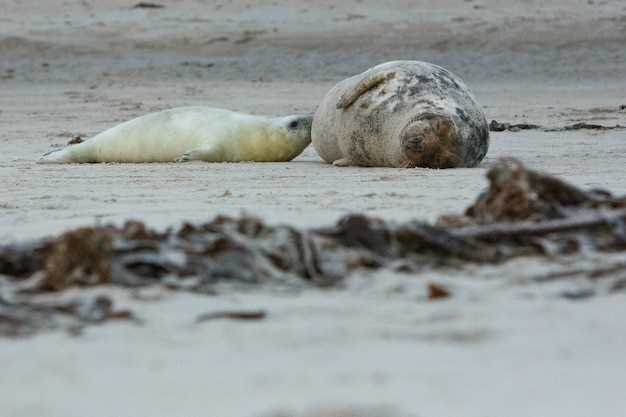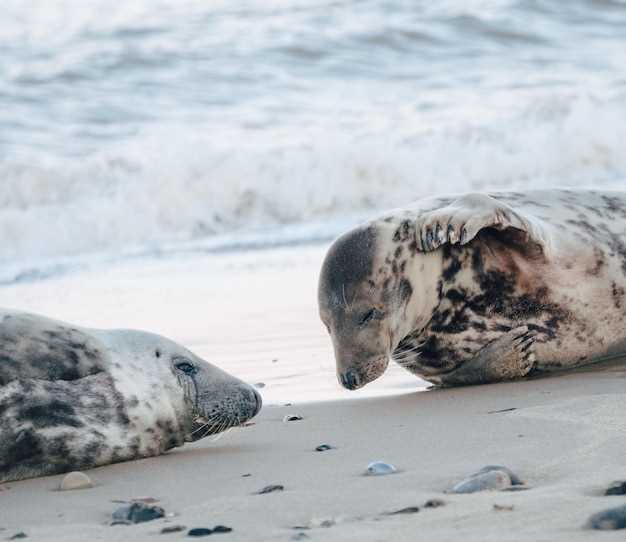Best Time of Day to Spot Seals
Many nature enthusiasts and adventure seekers are often captivated by the prospect of encountering marine creatures. One particular aquatic animal stands out for its playful demeanor and curious nature, attracting visitors worldwide. The key to making this oceanic encounter truly remarkable lies in understanding the ideal segments of the day when these creatures are most active and visible.
Knowing the perfect intervals to witness these fascinating beings can turn a regular outing into a memorable occasion. Factors like location, seasonal patterns, and even weather conditions influence their activity levels, and acquiring this knowledge can greatly enhance your seaside adventure. Discovering these optimal viewing moments can provide an enriching and educational journey, contributing to a deeper appreciation of marine life.
Optimal Hours for Seal Watching
Understanding the general patterns and behaviors of marine creatures can greatly enhance your encounter. Timing is crucial when planning an excursion aimed at observing these fascinating animals in their natural habitat. By aligning your visit with their peak activity periods, you can enjoy an enriching and memorable sighting.
Morning Observation

Early in the morning, these marine mammals are often more active and animated. As the sun starts to rise, they typically head to their favorite spots to bask in the warmth. This period offers a serene and tranquil environment where you can witness their playful and social interactions.
Evening Exploration
As the day draws to a close, these creatures tend to gather in large numbers along the shorelines and rocky outcrops. The cooler evening temperatures often make them more lively. This time of day offers unique lighting conditions, which can enhance the overall atmosphere and provide excellent opportunities for photography enthusiasts.
By choosing either the early morning or late afternoon, you maximize your chances of encountering these captivating animals. Aligning your schedule with their routines allows you to observe their behaviors in a more intimate and natural setting.
When Seals Are Most Active
Understanding the natural rhythms of marine mammals can significantly enhance your coastal adventures. These fascinating creatures exhibit distinct behaviors and patterns that can provide insights into their dynamic lives.
Morning Movements
As the sun begins to rise, these remarkable animals often display increased energetic activity. During these early hours, they tend to engage in playful interactions, hunting sessions, and social gatherings. Observing their morning routines can reveal a lively and vibrant aspect of their daily lives.
Afternoon Lounging
As the day progresses into the afternoon, there is a noticeable shift in their behavior. This period is often characterized by more relaxed actions, such as basking in the sun on rocks or beaches. This quieter time offers an opportunity to witness their tranquil side, as they rest and conserve energy for the hours ahead.
Recognizing these behavioral patterns allows for a deeper appreciation of the natural life cycles of these marine inhabitants. Whether during the animated morning hours or the serene afternoon period, each moment spent observing can provide a deeper connection to the coastal environment.
Seasonal Changes in Seal Behavior

Understanding how these marine creatures adapt throughout the year can truly enrich your marine observations. Their habits and routines shift noticeably with the changing seasons, influenced by factors such as breeding cycles and food availability.
Spring and Summer

During the warmer months, these aquatic mammals often engage in reproductive activities. Many species gather in colonies on beaches or rocky outcrops, where they give birth and raise their young. The presence of pups and their interactions with adult individuals can offer fascinating insights into parenting behaviors. Additionally, they are usually more active during these months, making frequent trips to the water to hunt and feed.
Fall and Winter
In colder periods, many of these animals migrate to different locations or change their foraging patterns as food sources vary. Some species might travel great distances, while others stay closer to their usual habitats but adjust their daily routines. Their behavior in colder seasons often reflects an increased need for energy conservation, leading to more time spent resting or engaging in less strenuous activities.
| Season | Behavioral Traits |
|---|---|
| Spring/Summer | Reproductive activities, increased social interactions, high feeding activity |
| Fall/Winter | Migration, altered foraging patterns, energy conservation |
